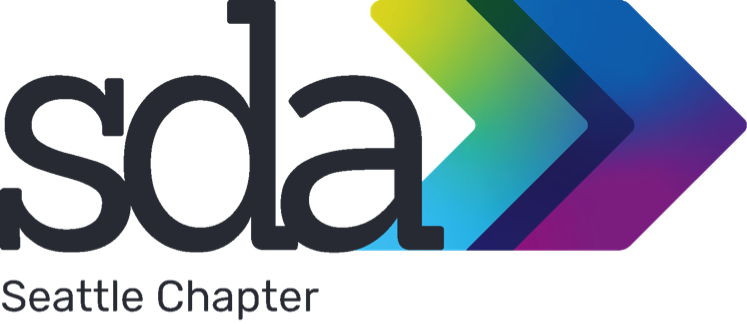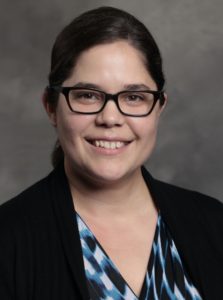We were delighted to welcome back Jess Hickey for another educational hour (Part 2 of our four-part program*). This time she talked about a framework for getting ahead and getting promoted. In a nutshell:
At work, make sure you act in a way that’s promotable. What qualities are important to your firm?
Of course, you should be good at your job. And you should be able to demonstrate that you can do the next bigger job.
Prove it! Show your employer you can take on new or different responsibilities, that you can master different skillsets.
Be easy to work with – be a good partner; respect others. Don’t be the Debbie Downer or Whiny William at work.
Build relationships, whether that means you make work friends or you get to know the company leaders. Look for sponsors in your firm, e.g., a mentor or someone who champions you.
*Stories They Never Told You About Business
- Part 1 (March 17): What the Finance? How to pull all those financial tools together and run a business with them
- Part 2 (June 16): Getting Ahead: Frameworks for Getting Promoted
- Part 3 (TBD): BD doesn’t stand for Bad Drinks: Networking tricks and tips for even the most reticent of participants
- Part 4 (TBD): Time Keeps on Ticking, Into the Future: Thinking about time as a tool rather than a captor


 We’re excited that
We’re excited that  We are thrilled to recognize
We are thrilled to recognize 

You must be logged in to post a comment.